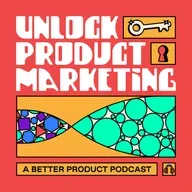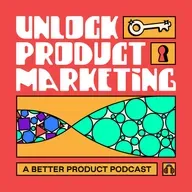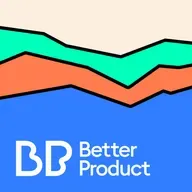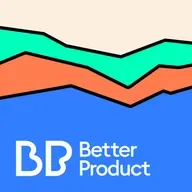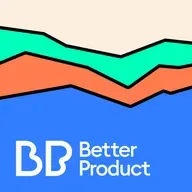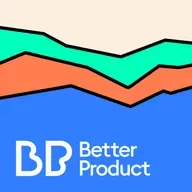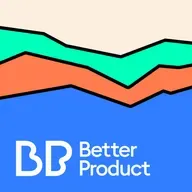

Better Product Network
Better Product
Digital products don't just live online. They are made up of people, experiences, and awe-inspiring innovation. This show shares the stories of industry-leading companies whose products have a soul, a mission, and a vision.
Through engaging conversations with CEOs, entrepreneurs, and innovators, hosts Christian and Meghan explore the notion of what it takes to build better products. Better Product weaves a narrative story about the good, the bad, and the ugly of ideating and activating the digital products that have launched businesses and changed the world.
Listen weekly to understand how digital products are created, how design influences adoption and ultimately, why product means everything.
Through engaging conversations with CEOs, entrepreneurs, and innovators, hosts Christian and Meghan explore the notion of what it takes to build better products. Better Product weaves a narrative story about the good, the bad, and the ugly of ideating and activating the digital products that have launched businesses and changed the world.
Listen weekly to understand how digital products are created, how design influences adoption and ultimately, why product means everything.

